Metalshub, the specialised software provider for physical raw materials trading, saw a steady volume of Class 1 Nickel being traded in the first quarter of 2024 with a value of US$157 million. The highest trading volume was in January while February and March were calmer in terms of trading activity. Closing the quarter, 2,126 mt of Class 1 Nickel were traded in March via Metalshub. This includes all types and shapes of Class 1 Nickel such as full plate, cut cathodes, rounds, briquettes and pellets.
Despite many metal buyers, such as large stainless-steel mills, actively requesting ESG credentials and Product Carbon Footprint (PCF) certificates, fewer than 1% of Nickel trades had a PCF reported by the supplier to prove their Low-Carbon[1] credentials. While discussions around the need to introduce a ‘sustainable’ contract for nickel with higher environmental standards have spiked over recent months it seems that few suppliers are able to or willing to disclose their credentials in negotiations, which leads to some frustrations on the buying side.
Marc-Simon Schaar, CPO at Outokumpu stressed: “Scope 3 emissions including those of Nickel can be extremely significant for Outokumpu — in our case, comprising over 70% of the company’s total emissions. This is why at Outokumpu we don’t believe that overlooking them is a viable option. We champion the idea of providing a Product Carbon Footprint during negotiations, because consumers deserve transparency, but also a choice – and that choice can only be given if the entire value chain of a consumer product is transparent. So that besides quality and technical properties, also the product’s carbon footprint can be considered in the customer’s purchasing decision. We can only encourage suppliers of Nickel to share with us their PCF and ESG credentials when submitting offers through Metalshub.”
This call to action is understood by key nickel producers in the industry:
“We recognise the need for accurate PCF and ESG certificates during negotiations, i.e. when purchasers are about to decide from which supplier to buy. Therefore, we intend to provide accurate certification for Class 1 Nickel from second half of 2024 onwards, something that we are already doing for our Ferronickel from our Brazilian operations,” – highlighted John Eastwood, Global Head of Stainless Steel Raw Materials Sales at Anglo American.
The European Duty Paid Nickel Briquette Premium Index is already reported weekly on Metalshub but so far, a clear Low-Carbon Premium cannot be calculated separately from the overall briquettes Premium.
Metalshub aims to introduce a Low Carbon Class 1 Nickel Premium Index (European Duty Paid) when a sufficient number of transactions is reached. Through cooperation and engagement with the London Metal Exchange (LME) and market participants, the LME and Metalshub have determined that the Nickel Institute’s GHG Emissions Guidance (leveraging GHG Protocol and ISO 14044) is the appropriate initial method for assessing carbon footprint, with 20 mt of CO2 or less as the suitable low-carbon threshold.
Metalshub encourages suppliers to disclose PCF data and ESG credentials, to bring greater transparency and drive higher ESG standards across the supply chain.
|
Month |
Nickel Class 1 Volume (mt) |
Nickel Class 1 Value (mUSD) |
Volume Low Carbon Ni (mt) |
|
January |
4,399 |
81.7 |
0 |
|
February |
2,375 |
43.0 |
4 |
|
March |
2,126 |
38.2 |
0 |
Table 1: Traded volume of Class 1 Nickel on Metalshub
[1] Low-Carbon Nickel (Class 1) is defined as Nickel with a carbon dioxide equivalent (CO2e) of less than 20 mt per tonne of material
